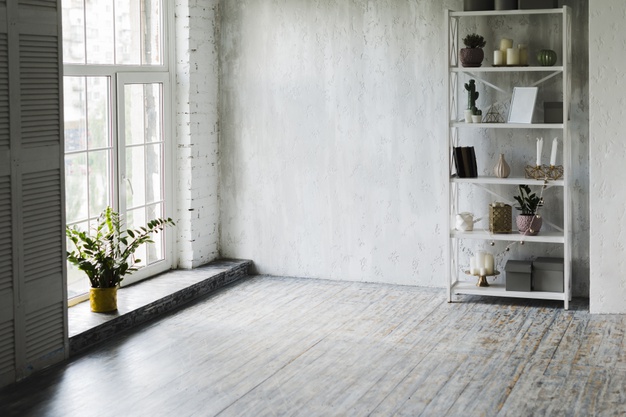Interior Design can be elaborated as an industry in which distinctive and technical designs are used to help enhance the aesthetics and visual appearance of interior layouts of buildings. These buildings can either be residential, commercial, or retail infrastructural establishments. This pervasive industry inculcates firms that fundamentally manage and administer the planning, designing, and execution of these distinct interior spaces.
It is also important to point out that in the past two decades, our nation has witnessed numerous differences and innovations in relation to the realms of lifestyle, employment, and relocation. Indian individuals are unwaveringly regenerating their lifestyles by cultivating tastes for vibrant, new-age, and high-end lifestyles. An opulent lifestyle begins with a visually appealing home, and Indians today strive to design their homes to be exorbitant yet cosy. The heightened need for interior designers has curated a pathway for students to penetrate this industry and have a career which could potentially be quite high-paying. The dominant factors attributing to this growing interest in Interior Design can be elucidated as below.
The Inception of Smart Homes
It is easy to say that the sudden acceleration of technology and automation have literally transformed the way we live in our homes. The Internet of Things has substantially increased the functionality and applicability of everyday appliances or devices in our homes. This is precisely why it is essential for Interior Designers in this age to have at least a basic understanding of contemporary and high-tech appliances. Designers must keep in mind the installation and performance of these smart devices while designing the interiors. Some of these elements include –
Smart Building Security Systems
Centralised Lighting Systems
Automated Appliances & Furniture
Centralised Air-Conditioning Services
Impact of Globalisation
The global entertainment and fashion industries have notably altered the lifestyle of Indians, the youth in particular. Global norms and trends have the tendency to go viral and spread like wildfire, leaving a lasting impression on the thought processes of individuals. Elements of entertainment such as television sitcoms, movies, and even sporting culture develop shocking cult followings and fanbases across the globe. Hence, it can easily be concluded that these elements to play a role in influencing the way people get their homes designed and ideated. Individuals love adding a personal and unique touch to their home – based on their likes and preferences.
Rapid Urbanisation
The number of ‘modern’ or ‘urbanised’ cities in India has grown significantly since the turn of the century. Cities like Pune, Bangalore, Hyderabad, Jaipur, and Ahmedabad are now being considered to be prominent cities, which have been propelled by comprehensive waves of infrastructural development. Bangalore and Hyderabad are commonly coined as the informational technology hubs of India and have become increasingly popular amongst the youth as avenues to grow their careers. Similarly, Pune has become a hotspot for education and attracts youngsters from all over India due to the dynamic and trendy culture which the city has become famous for.
It has also been observed that there has been a sustained increase in the purchasing power and consumption patterns of the blooming middle-class in our country. This has, in turn, led to improved demand for interior designers. Individuals aspire to live an extravagant and lavish lifestyle, which starts with a well-designed house. Nowadays, houses include contemporary elements such as shower areas, bathtubs, and designated areas for kitchen balconies.
At Pearl Academy, we strive to ensure our students are up-to-date with all the trends in the interior design industry. We offer courses at both undergraduate and postgraduate levels in our Delhi, Jaipur, and Mumbai campuses.












